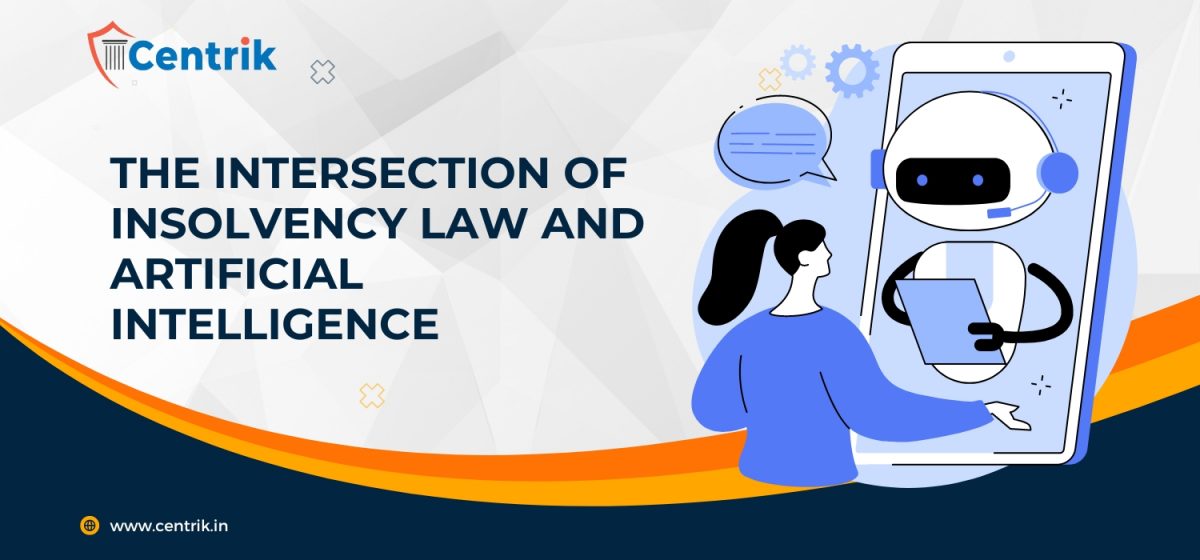
In today’s rapidly evolving technological landscape, the integration of artificial intelligence (AI) into insolvency proceedings presents both challenges and opportunities for practitioners.

The apex court held that the Code isn’t a machinery for recovery though its usage in several perspectives still be within the nature of a recovery system.
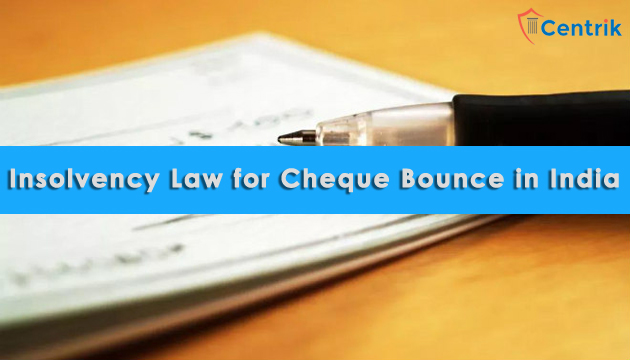
Cheque bouncing is also the default in making payment of debt, and petition under IBC laws may be admitted
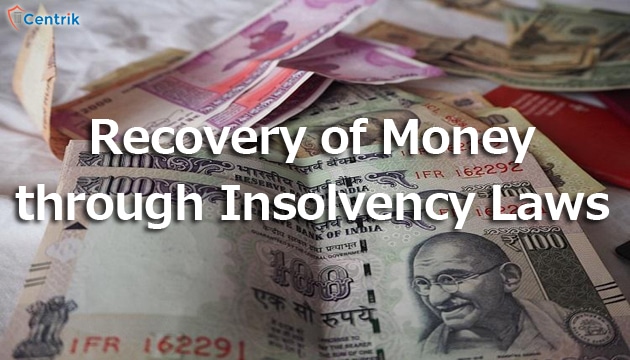
If any company is not making the payment as per agreed terms, then an insolvency petition may be filed u/s 7 or 9 based upon the facts, before NCLT to initiate the insolvency proceedings.
Indiaʹs new financial disaster law is getting most traction from an uncommon set of lenders, people with the least to benefit from pushing corporations into the insolvency process. Operational or unsecured creditors, who have dues that are not backed via any collateral, might be los angeles st in queue to be repaid once an insolvency … Continue reading “Why closing-in-queue creditors report maximum insolvency lawsuits in India”
The government has set up a 14 member panel to button down the increasing issues under insolvency and bankruptcy law. The panel members include Insolvency and Bankruptcy Board of India (IBBI) Chairperson M S Sahoo, RBI Executive Director Sudarshan Sen, former Lok Sabha Speaker T K Viswanathan, Edelweiss Group Chairman and CEO Rashesh Shah, Shardul Amarchand Mangaldas … Continue reading “14-member panel to be set to button down issues in insolvency law”
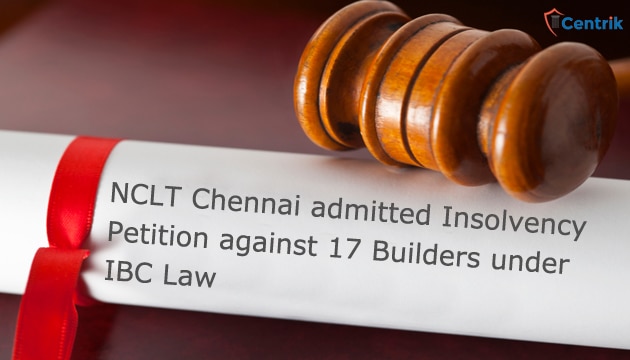
As the majority of the builders have not delivered the possession of the property as promised made by them and breached the terms and conditions on the agreement executed with the homebuyers.

The NCLT has suggested to IBBI that there is a need to review the insolvency code regulations to ensure that they are not “misused or misinterpreted”.
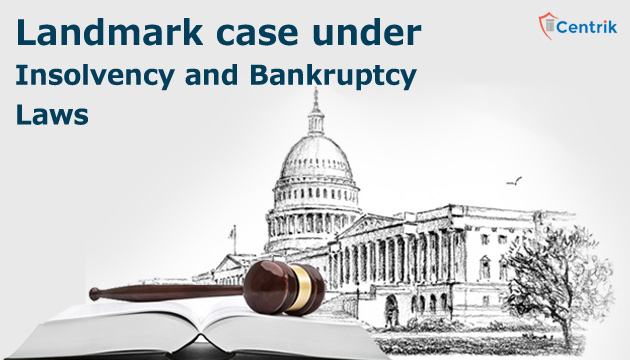
Amongst the 11 high profile case under the purview of Insolvency Code, Essar Steel has attracted a lot of attention.
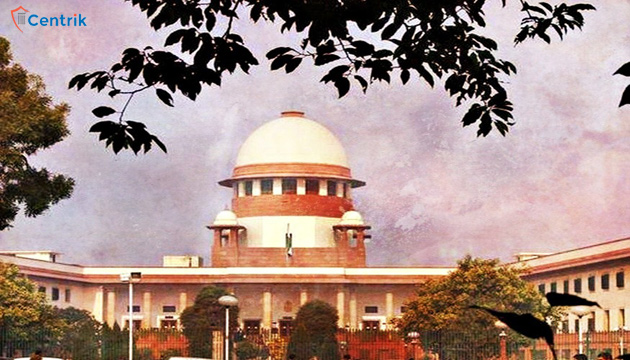
The judgement of the Supreme Court, in the case of Innoventive Industries vs ICICI Bank is a shot in the arm for the regime established under the Insolvency and Bankruptcy Code, 2016
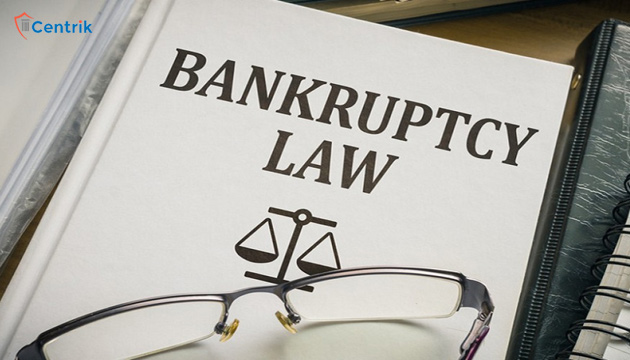
The latest amendment bill of Insolvency & Bankruptcy, 2017 has been passed by the Lok Sabha to deal with recovery and reorganization in a speedy, reliable process.
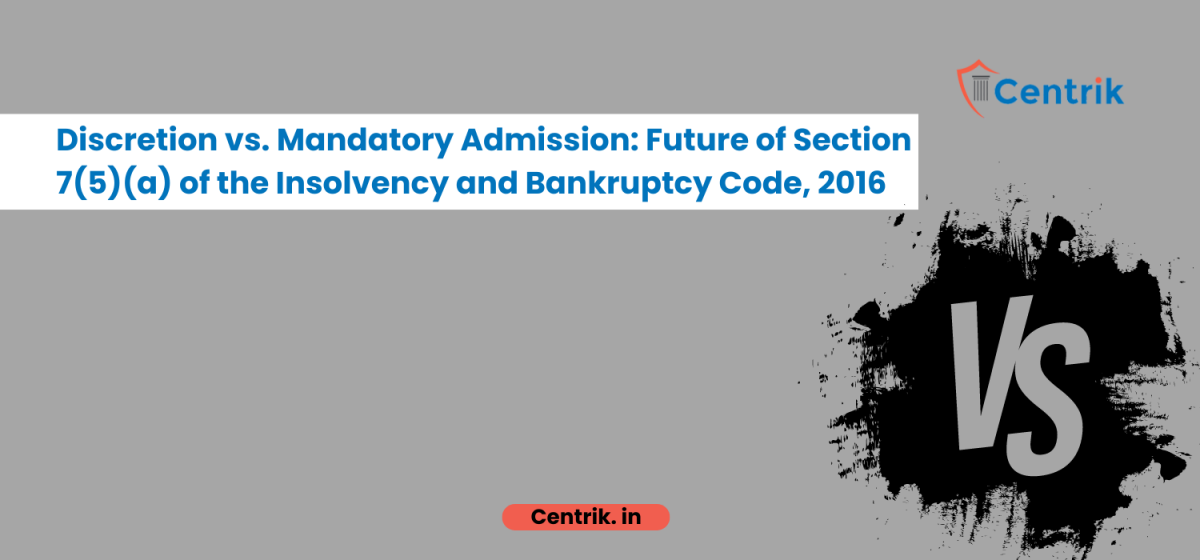
When it comes to a detailed and again rather complicated legal framework of insolvency law under the Insolvency and Bankruptcy Code, 2016,(IBC) the key point is the commencement of the Corporate Insolvency Resolution Process (CIRP). This process is intended to assist firms that are in deficit and also to aid in avoiding being caught in the financial debt trap.
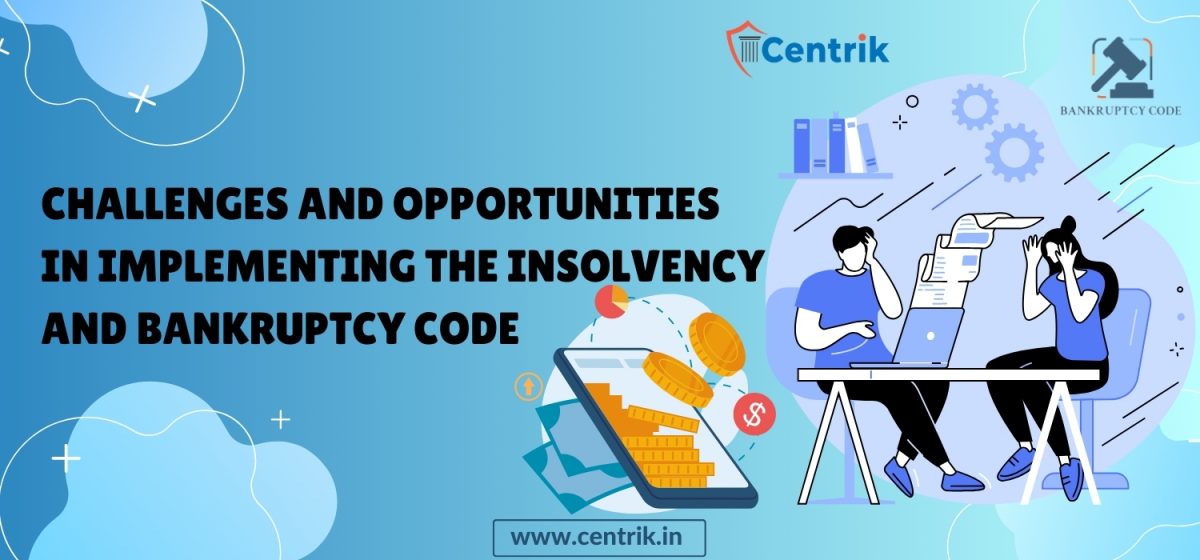
The Insolvency and Bankruptcy Code, 2016 (IBC) marks a significant milestone in the realm of insolvency and bankruptcy resolution in India. With its passage by Parliament and Presidential assent on May 28, 2016, the IBC revolutionized the legal framework surrounding insolvency and bankruptcy.
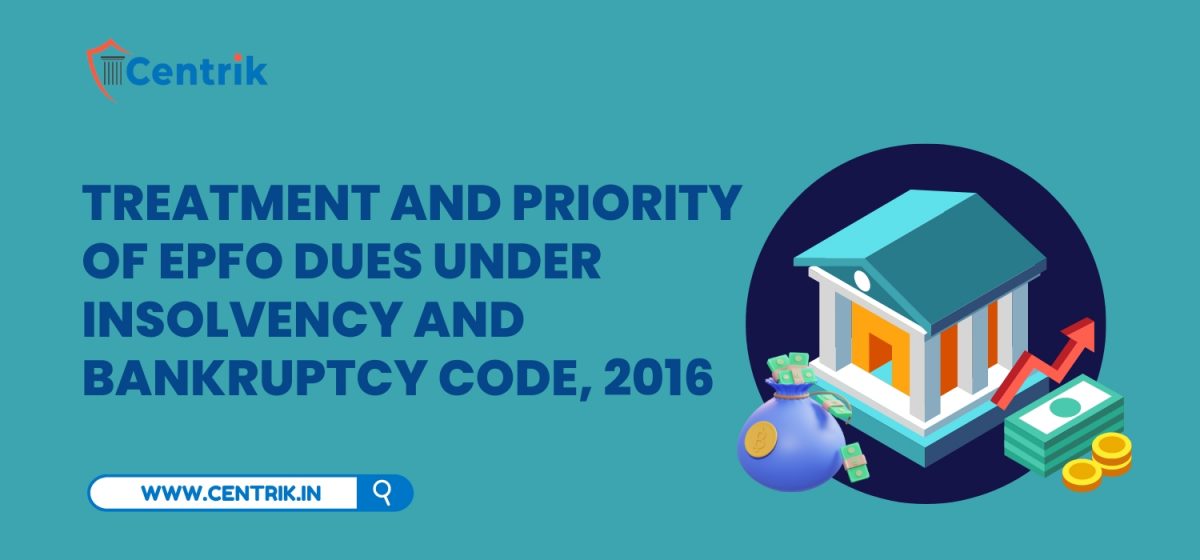
The provisions Insolvency and Bankruptcy Code, 2016 specifically provides for treatment for all sums due to any workman or employee from the provident fund

Any person aggrieved by the order of the Hon’ble Adjudicating Authority i.e. National Company Law Tribunal (“NCLT”) under Section 61(1) of the Insolvency & Bankruptcy Code, 2016 (“IBC, 2016”) may prefer an appeal before the Hon’ble National Company Law Appellate Tribunal (NCLAT).














 join For Updates
join For Updates